Asteroids: The Cosmic Juggernaut That Ended The Dinosaurs
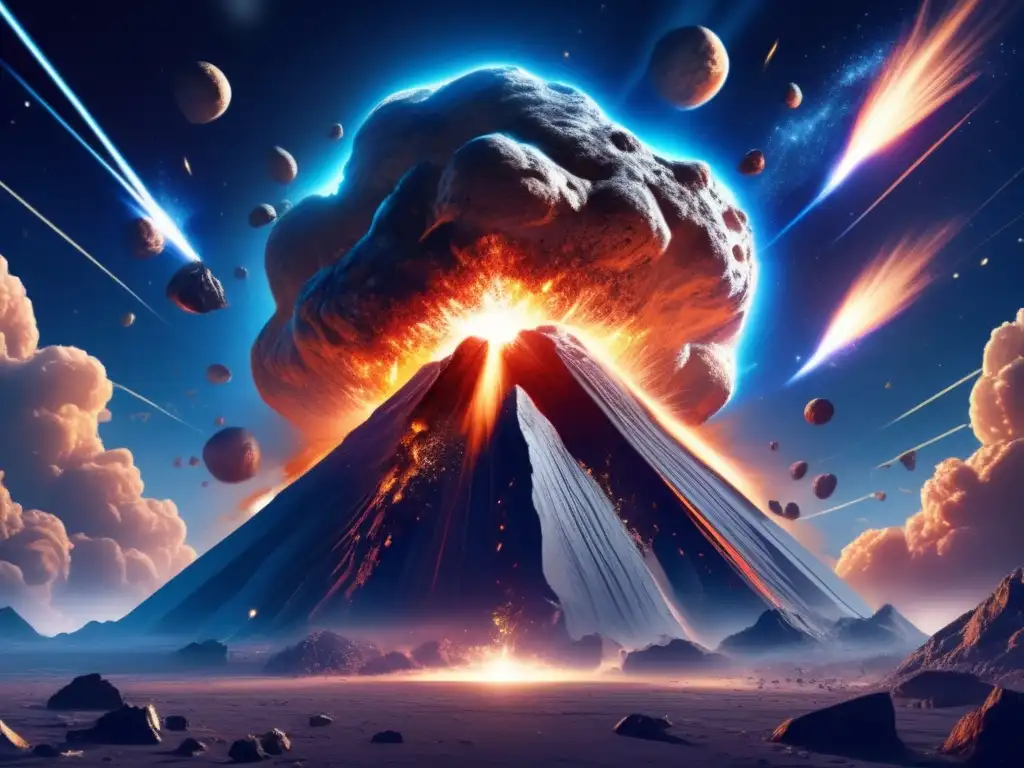
Introduction
Asteroids, small rocky bodies that orbit the sun, have been flying through space for billions of years. These celestial objects have been the subject of fascination for astronomers, scientists, and the general public alike for many centuries. However, asteroids can also be a source of danger for life on Earth. Asteroid impacts have been known to cause mass extinction events, such as the one that killed off the dinosaurs. In this article, we will explore the role of asteroids in this catastrophic event.
What are asteroids?
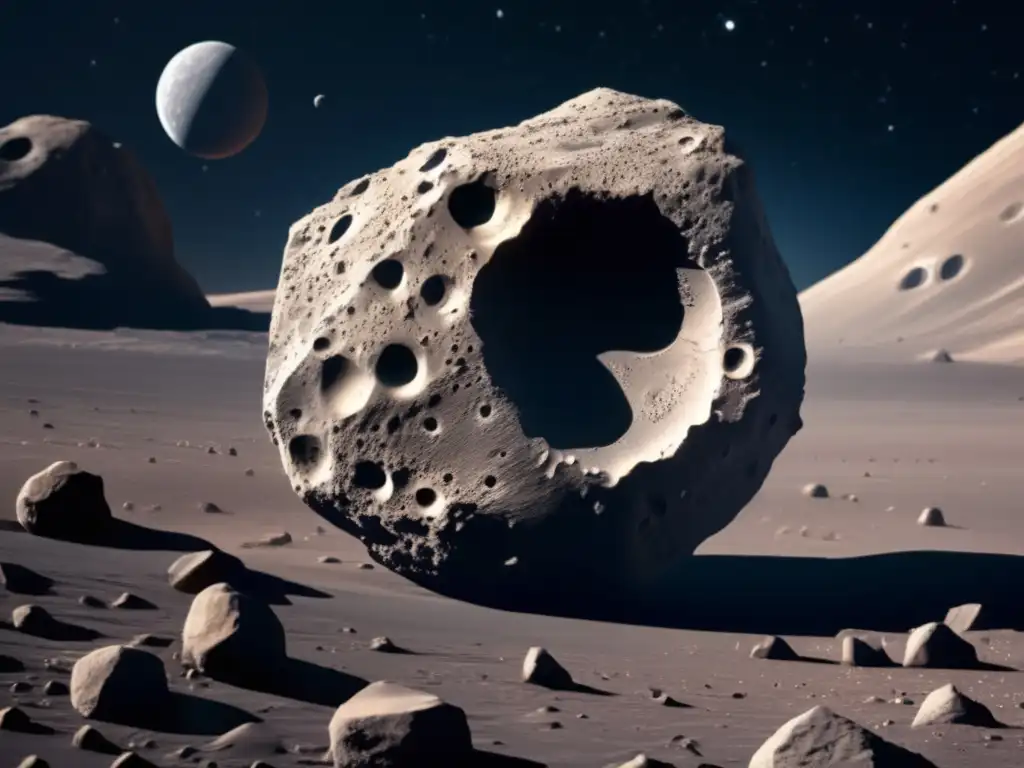
Origins and composition
Asteroids are believed to be remnants from the early solar system, formed from the same material that created the planets. Most asteroids are found in the main asteroid belt between Mars and Jupiter, but some are also found closer to Earth. They range in size from small rocks to dwarf planets like Ceres.
The composition of asteroids varies widely, but most are made up of rock, metal, and water ice. Some may even contain organic compounds, making them potential sources of life on other planets.
Movement through space
Asteroids move through space at different speeds and trajectories, sometimes coming close to or even colliding with other objects. Asteroids that cross Earth's orbit are known as Near-Earth Objects (NEOs) and are of particular concern due to the potential for impact.
How did the asteroid impact kill the dinosaurs?
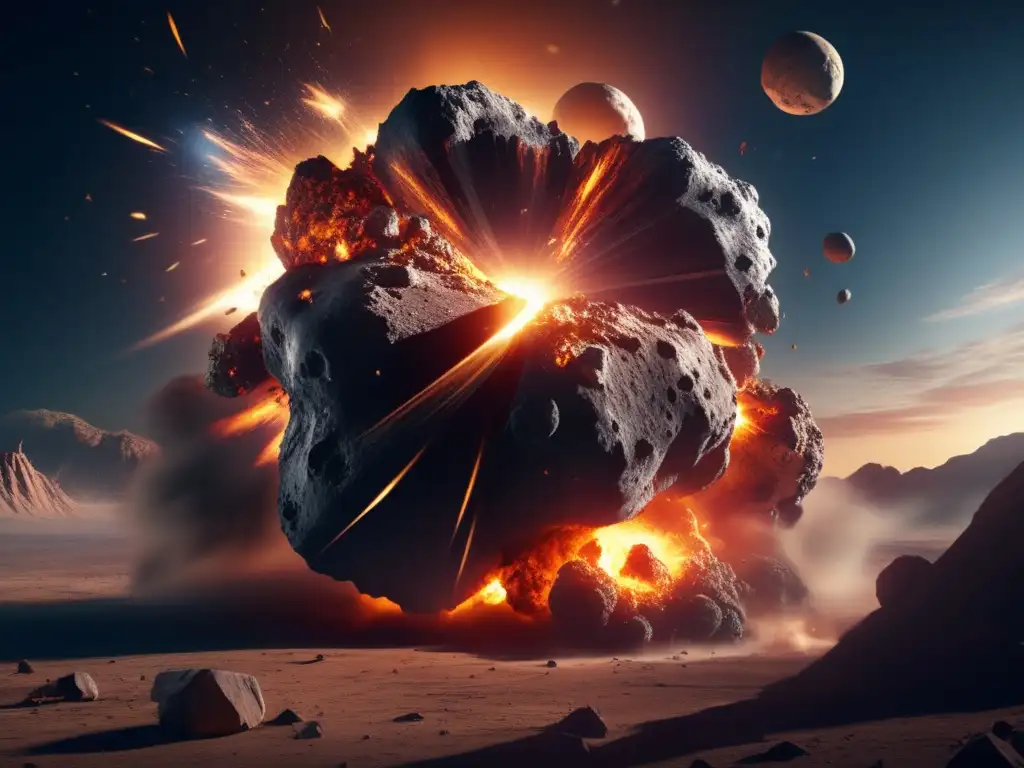
The Chicxulub impact
66 million years ago, Earth experienced a mass extinction event that wiped out the dinosaurs and many other species. The cause of this event was a massive asteroid impact in what is now the Yucatan Peninsula in Mexico. The asteroid, estimated to be between 10 to 15 kilometers in diameter, struck the Earth with a force equivalent to billions of atomic bombs.
The effects of the impact
The impact generated a shockwave that caused earthquakes and volcanic eruptions. A massive dust cloud was also created, blocking out the sun and causing a global cooling effect. This made it difficult for plants to grow and disrupted the food chain, leading to widespread starvation and death.
Additionally, the impact caused tsunamis that inundated coastal areas and caused further destruction. The combination of these effects ultimately led to the extinction of 75% of plant and animal life on Earth, including the dinosaurs.
Are asteroid impacts still a threat today?

Current efforts to detect and deflect asteroids
While the odds of another mass extinction event like the one that killed the dinosaurs are low, asteroid impacts remain a real threat to life on Earth. Efforts are underway to detect and track NEOs using ground-based telescopes and space-based observatories like NASA's NEOWISE mission.
If an NEO is identified as a potential threat, there are various methods that can be used to deflect it away from Earth, including gravitational tractor, kinetic impactor, and nuclear deflection.
The importance of preparedness
It is crucial that we continue to monitor and study asteroids to better understand their behavior and mitigate the risks of potential impact. Additionally, governments and organizations must have plans in place for emergency response in the event of an asteroid impact.
Frequently Asked Questions

-
What is an asteroid?
An asteroid is a small, rocky body that orbits the sun.
-
What causes asteroid impacts?
Asteroid impacts are caused by asteroids colliding with other objects, such as planets or moons.
-
How common are asteroid impacts?
Asteroid impacts are rare but can have significant consequences for life on Earth.
-
Can we prevent asteroid impacts?
Efforts are underway to detect and deflect potentially hazardous NEOs.
-
What should I do if an asteroid is headed towards Earth?
If an asteroid is identified as a potential threat, follow instructions from emergency responders and government agencies.
Conclusion
The Chicxulub impact that killed the dinosaurs serves as a stark reminder of the potential danger posed by asteroids. While the likelihood of another mass extinction event is low, asteroid impacts remain a serious threat to life on Earth. It is vital that we continue to study and monitor asteroids to better understand their behavior and develop ways to mitigate the risks of potential impact. By doing so, we can ensure that life on Earth continues to thrive for many years to come.
Thank you for reading this article. Please leave your thoughts and comments below and consider subscribing to www.asteroidrealm.com for more content related to asteroids.
Additional Resources
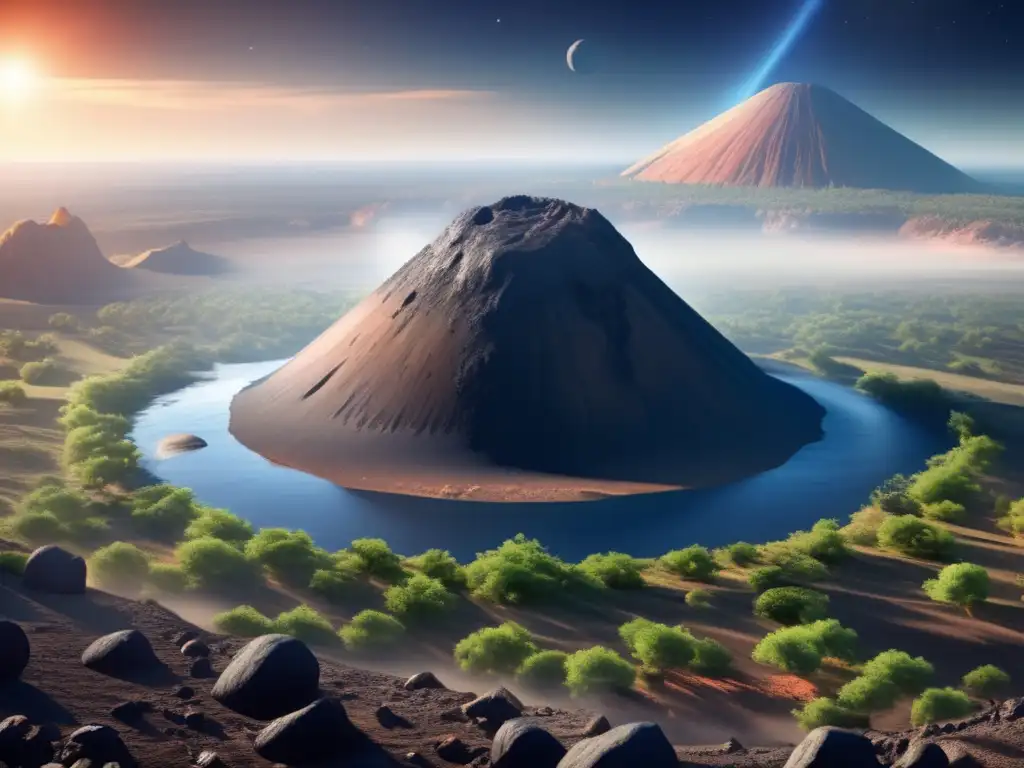
 A Journey Into The Extinct: Asteroids And Dinosaurs
A Journey Into The Extinct: Asteroids And Dinosaurs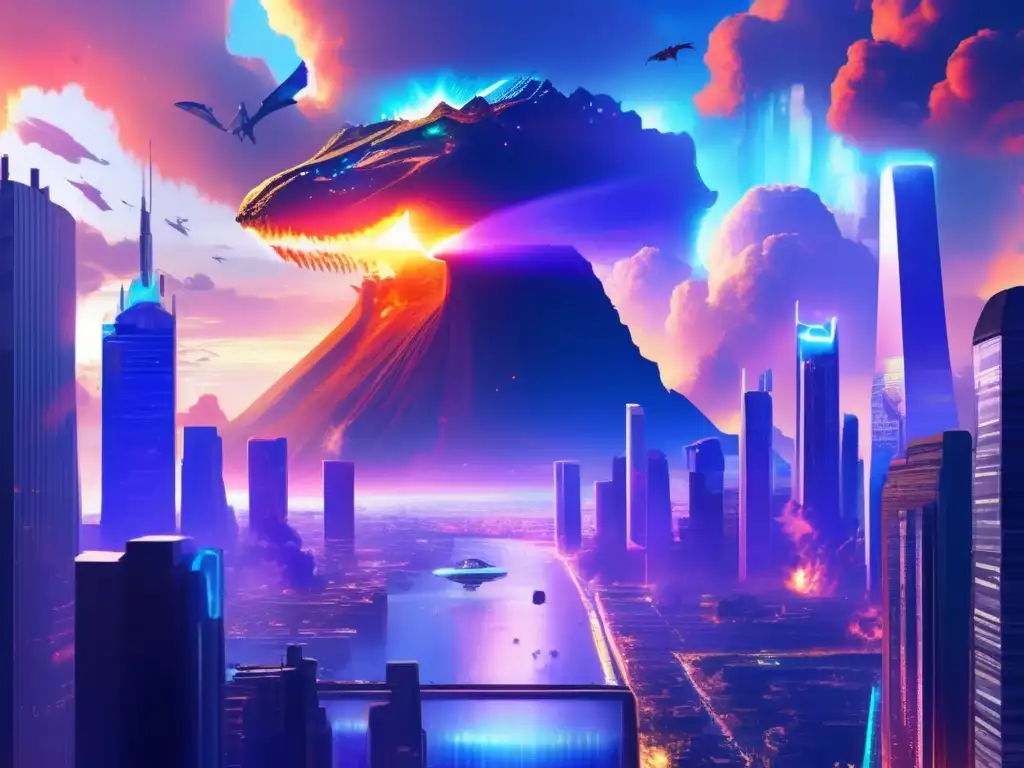 The Asteroid That Rocked The Dinosaur World
The Asteroid That Rocked The Dinosaur World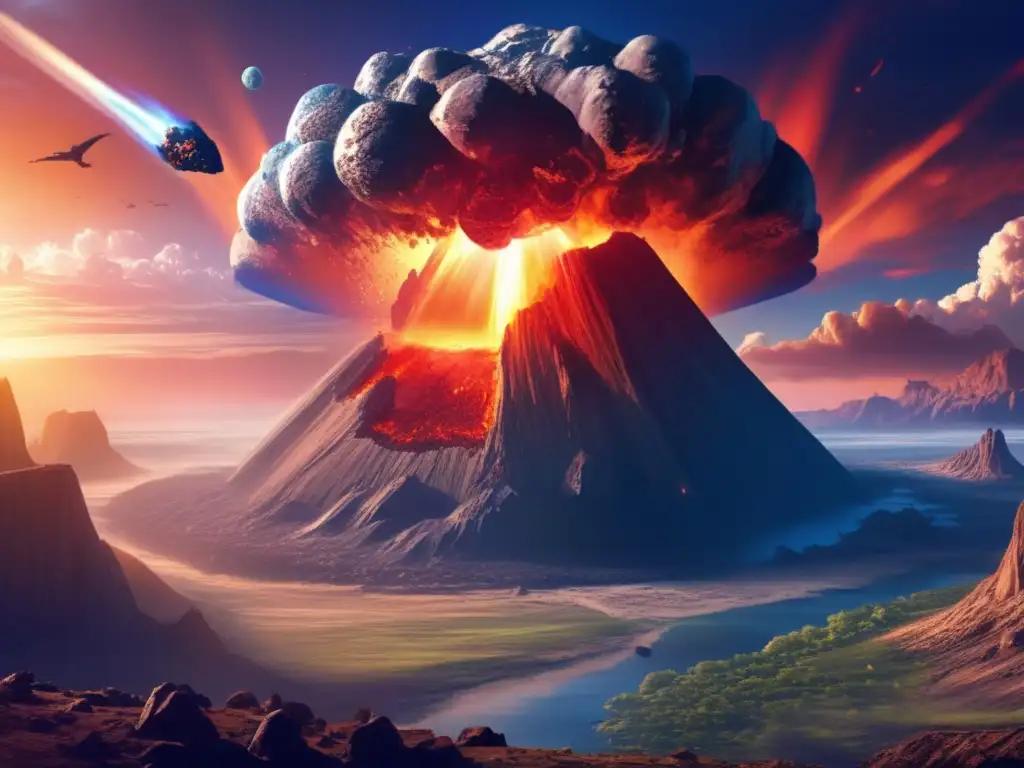 An Asteroid's Tale: The Extinction Of Dinosaurs
An Asteroid's Tale: The Extinction Of DinosaursIf you want to discover more articles similar to Asteroids: The Cosmic Juggernaut That Ended The Dinosaurs, you can visit the Asteroids and Dinosaurs category.
Leave a Reply

Articulos relacionados: